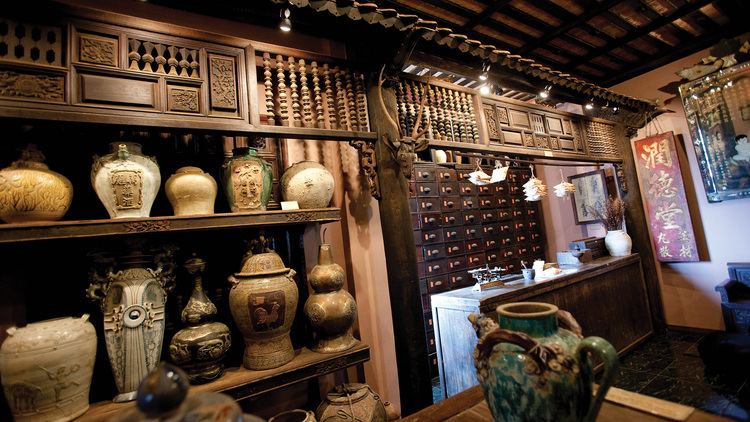Krispin Joseph PX
Cultural artefact trafficking is the main problem in that culturally rich countries. There are traffickers and smugglers active in cultural trafficking; they steal the artefacts from museums or heritage sites, smuggle that from the mother country to another and sell them to museums or individuals. Thousands of Centuries-old cultural heritage artefacts are lost in antiquity, and tours to another land as smuggled materials.
Good news coming from a university which they create a Machine-Learning method to help researchers dig deeper into antiquities trafficking. Now, AI assists us in catching the cultural artefacts theif. AI is helping us to understand the thieving, looting and illicit trading of cultural artefacts. Canadian University, Carleton digital Archaeologist Shawn Graham led this innovation with his team. They designed a groundbreaking methodology that lets researchers re-examine this complicated web of forbidden activities with a fresh pair of AI eyes.
In a published article, Graham wrote a methodology for this AI-based practice that caught academics and law enforcement’s attention, resulting in promising new research into some of the trafficking world’s most notorious figures.
“In the digital humanities, there’s an idea called ‘deformation’: What might we see if we could look at something familiar as if it were brand new, entirely alien and utterly fresh? I think of this approach in those terms: it deforms what we know and makes new possibilities visible, Professor Shawn Graham said.
Carleton data scientist Ahmed El-Roy helps Graham to create this project. Professor Graham has worked with archaeologist Donna Yates, whose involvement in the Trafficking Culture Encyclopedia — an online repository of over 100 researcher-submitted case studies describing documented instances of trafficking between individuals, museums and art galleries — helped provide the model with a “perfect test set” of data to work from, university website report.

Credit: carleton.ca
The machine-learning model uses the information from this encyclopedia and suggests “connections between actors and institutions hitherto unsuspected and not otherwise present,” which helps researchers follow up. “The model doesn’t tell us fact; it gives us suggestions that we would likely have never considered on our own,” explains Yates. “We don’t know if a tip is accurate — we have to do investigative work to determine that. But since it is based on factual information, we can consider it worth following up on, Graham said.
This project already starts to help the researchers and get the evidence about how a well-known sentenced Latin American antiquities criminal appears to have laundered his standing by making small grants to museums before influential sales, tax evasion or fraud tasks.
“This is an aspect of how he operated that we’ve never documented before,” Yates says. “It shows a pattern within his crime that we would have never thought to investigate if the model hadn’t suggested it.”






